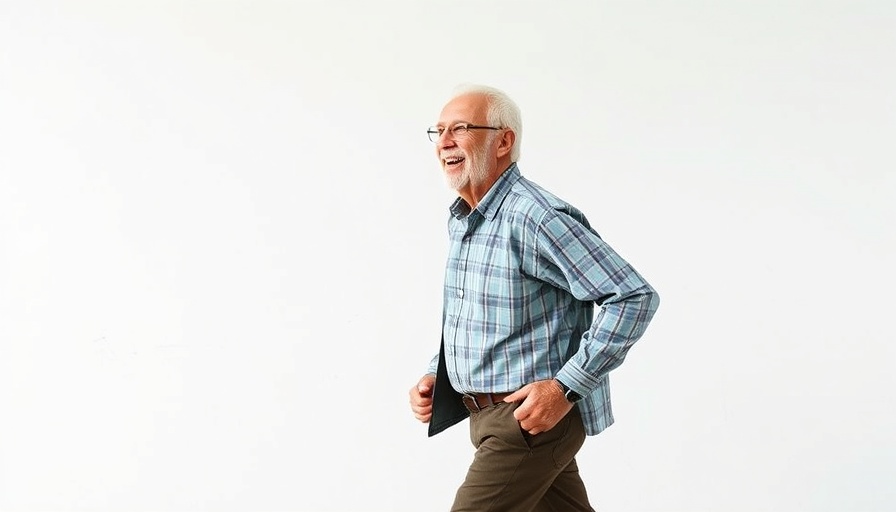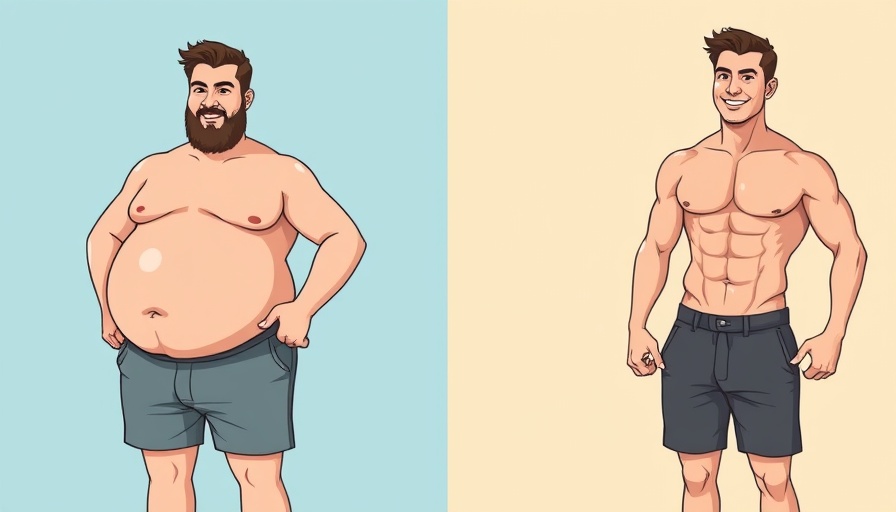
The Hidden Dangers of Leg Weakness in Older Adults
A recent study has revealed a concerning truth: after the age of 50, many individuals experience a significant decline in leg strength, which correlates directly with a rise in falls, disability, and mobility issues.
Leg strength is not just about aesthetics or fitness; it is crucial for maintaining independence and engaging in daily activities. The consequences of weakened legs can be profound, affecting not only physical health but also mental well-being.
For those in Sacramento and surrounding areas, understanding the implications of leg strength is vital as it ties into the overall community’s health resilience.
In Do THIS Every Day for Stronger Legs (Ages 60+), the discussion dives into effective exercises for building leg strength, exploring key insights that sparked deeper analysis on our end.
Understanding the Importance of Everyday Exercises
Despite the gravity of this issue, there is good news. It only takes about 10 minutes a day to rebuild that crucial leg strength.
This manageable time commitment can significantly enhance one’s quality of life, providing more energy and mobility to participate in cherished activities, from taking leisurely walks in beautiful parks of Sacramento to climbing stairs with ease.
Daily routines can incorporate targeted exercises that elevate leg strength while also improving balance—another key aspect in preventing falls. As Michael Thompson stresses, integrating activities into everyday life, rather than attempting sporadic intense workouts, is the most effective approach for those 60 and older.
The Science-Backed Routine for Stronger Legs
The foundation of any strength training routine for older adults should consist of simple, adaptable exercises. These exercises engage the major muscle groups of the legs and can be tailored for both standing and seated positions to accommodate varying levels of fitness.
The first exercises often recommended include:
Marching in Place: This warm-up not only gets blood flowing but improves hip mobility, vital for daily activities like walking or entering a vehicle.
Heel Raises and Toe Rocks: Alternating between lifting the heels and toes strengthens the calves and ankle stability—critical for balance.
Mini Squats: These target the quadriceps and glutes, essential muscle groups for maintaining strength and independence. Adjust these by modifying depth or using hand support.
-
Sit-to-Stand Exercises: Utilizing a chair to practice standing up builds the necessary muscle power for everyday movements.
The Role of Consistency in Building Strength
As emphasized in the recent video titled Do THIS Every Day for Stronger Legs (Ages 60+), consistency in performing these exercises is akin to laying bricks for a sturdy wall.
Just as a scattered placement of bricks lacks strength, occasional standing from a chair does not effectively build leg muscle. The recommended regimen fosters a structured approach to muscle building, encouraging participants to group exercises without significant breaks.
This method ensures a strong foundation for core stability, muscle mass improvement, and fortification against falls.
How Community Support Enhances Individual Well-Being
For residents of Sacramento, community plays a vital role. Engaging in group exercises, such as those offered in local wellness programs or agile meet-up groups, can motivate individuals to maintain consistency in their routines.
Shared experiences in improvement foster encouragement, camaraderie, and accountability. Joining groups around shared interests, like health and fitness, boosts social connections while bolstering physical health.
Future Predictions: The Continuing Importance of Strength Training
With the population aging and the increase of sedentary lifestyles, the focus on leg strength among older adults will become even more imperative.
As health trends evolve, programs specifically tailored for older individuals will gain traction not only in gyms but also in community centers.
The push towards holistic health—including physical strength, mental health, and social integration—will lead to more inclusive environments encouraging physical activity, all while addressing the individual needs of older adults.
Concluding Thoughts: Building Stronger Legs for a Fulfilling Life
Incorporating a quick, effective, science-backed routine into daily life is imperative for older adults aiming to maintain leg strength and overall mobility.
It’s not just about adding years to life but life to years. It’s crucial to recognize that building strength positively impacts physical capabilities and mental resilience, facilitating a more active lifestyle.
 Add Row
Add Row  Add
Add 





 Add Row
Add Row  Add
Add
Write A Comment